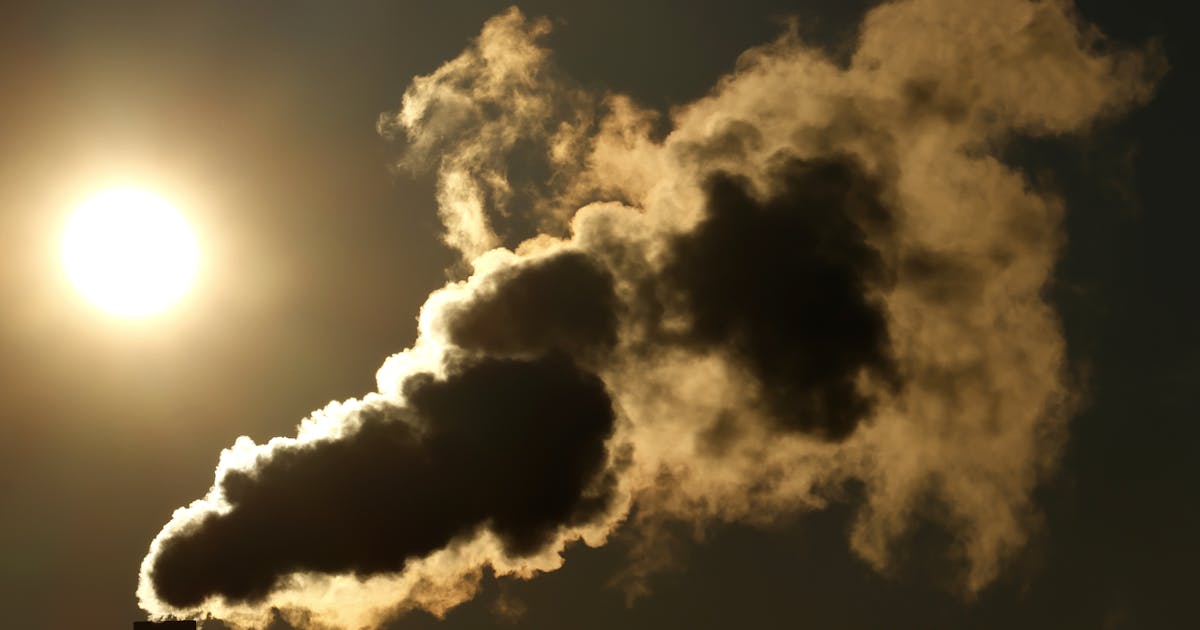Here’s how the Chevron doctrine is supposed to work. “Sometimes Congress will use language that says, ‘Put together a system that requires companies to install systems of pollution control,’” Sambhav Sankar, senior vice president for programs for the environmental law firm Earthjustice, told me by phone. “What does ‘system’ mean? What Chevron said was, when that comes up, the agency gets to take a shot at explaining what ‘system’ means. When a judge isn’t sure of what something means, the judge defers to the agency’s definition. By removing Chevron, what Justice Roberts is saying is, ‘When you see that word “system,” judge, you’ve got to figure out what that means.’”
When members of Congress write laws, they employ their own staffers as well as those of committees and independent bodies like the Congressional Research Service, which is tasked with providing “timely, objective, and authoritative research and analysis” on a nonpartisan basis. Even with those resources, laws—and complex regulatory statutes, especially—are written to contain significant ambiguities, allowing for future developments and for agencies to put their considerable resources to work in determining how best to implement federal policy priorities. It has historically been up to the EPA, for example, to determine that when the Clean Air Act refers to stationary and moving sources of pollution, that specifically means smokestacks, cars, and a number of other devices. Judges have no relevant expertise to make such determinations but are now entrusted with that power should they hear a case concerning those definitions.
“Judges are by design isolated from society. Their staffers are, at best, recent law school graduates,” Sankar said. “They have no ability to do research. They’re stuck with what the parties to a case tell them. Agencies employ hundred and thousands of scientific experts who do years of research and stakeholder outreach to learn about the impact of their regulatory decisions.” Agency heads are also subject to the control of the democratically elected politicians who appoint them, who can be at least theoretically held accountable for their decisions and those of their appointees come Election Day. Judges—on the Supreme Court, most infamously—are comparatively insulated from democratic accountability. What’s worse is that right-wing operatives like Leonard Leo have spent years stacking the judicial branch with activist, ideological appointees churned out of outfits like the Federalist Society, fueled by donations from corporate polluters and other industries with a vested interest in seeing certain regulations kneecapped.

